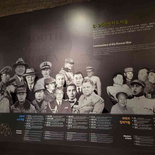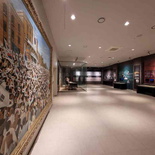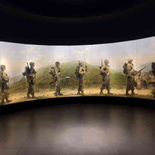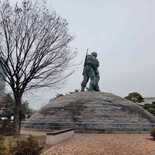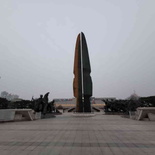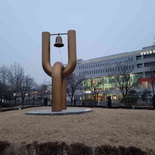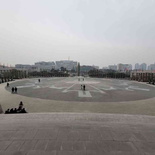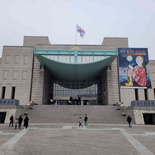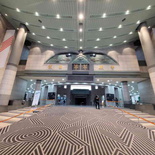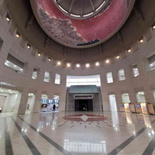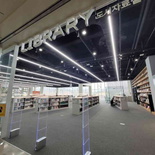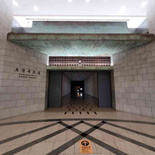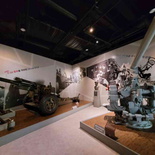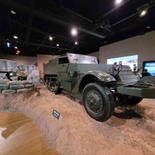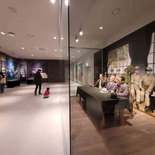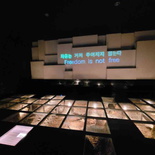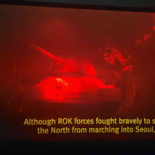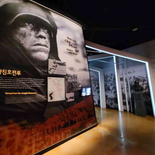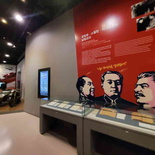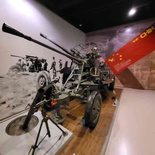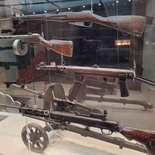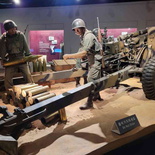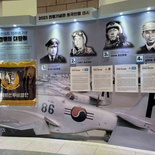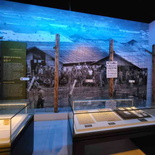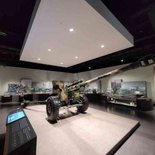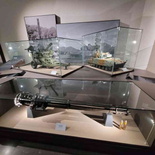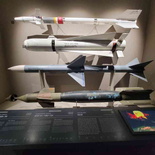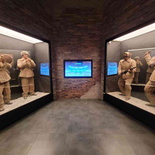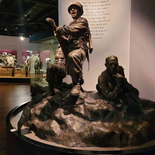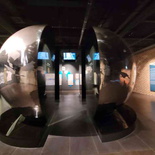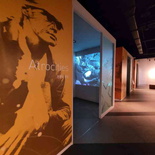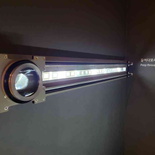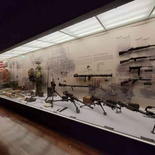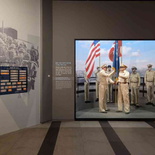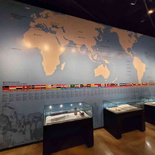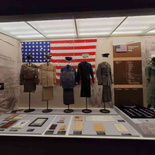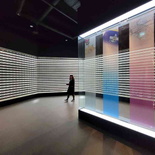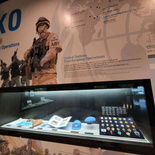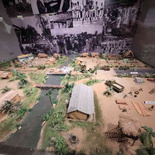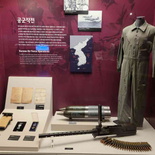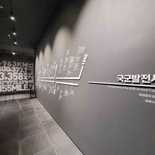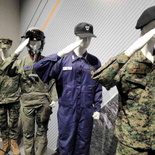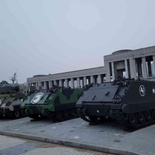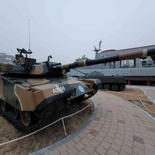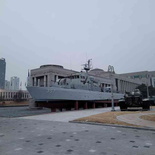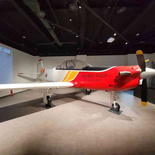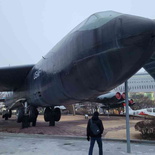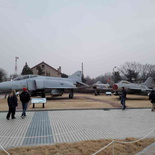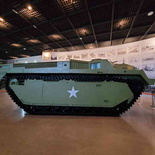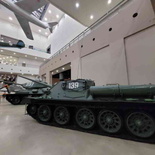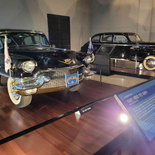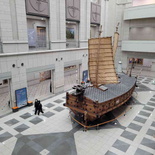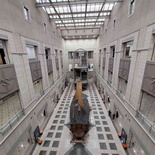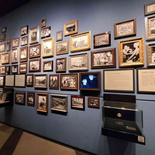The War Memorial of Korea in Seoul is a sombre yet education museum honouring the Bravery and Sacrifices of War. It is located in the heart of Seoul, South Korea you can visit about Korean war history.
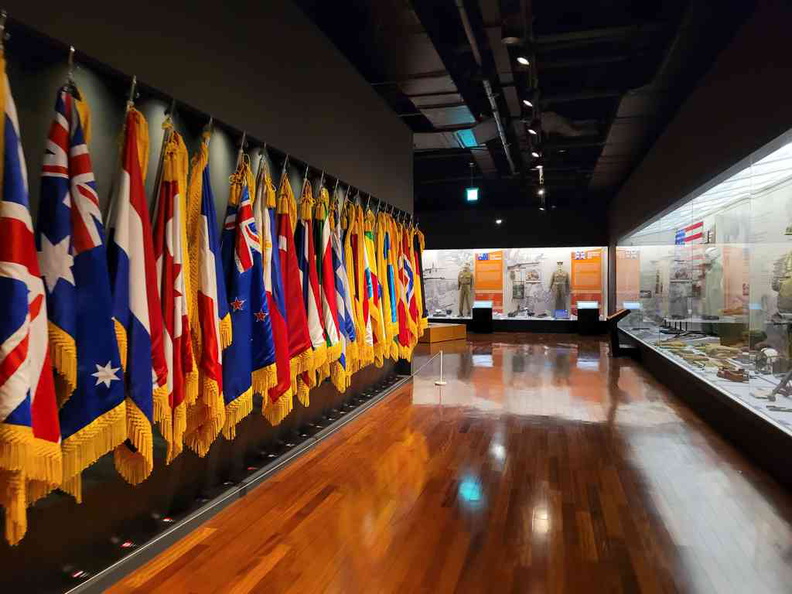
It is great for anyone interested in Korean history and military hardware. The memorial was built to honour the Korean soldiers who fought in the Korean War and to remind people that peace comes from remembering the bravery and sacrifices of war. Let’s take a visit today.
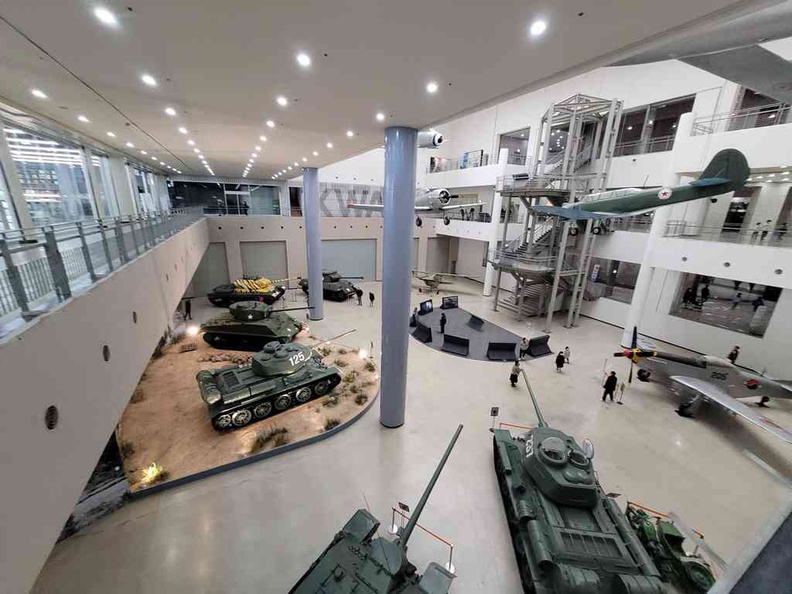
Within, the museum houses a vast collection of military hardware such as tanks, artillery guns, weapons, ammunition, and scale models. Still, the War Memorial of Korea is more than just a museum showcasing Korean war stories and military hardware.
Also, it is a testament to the bravery and sacrifices of the men and women who fought for their country’s freedom. It is a reminder that peace comes from remembering the lessons of war.
War Memorial park and courtyard
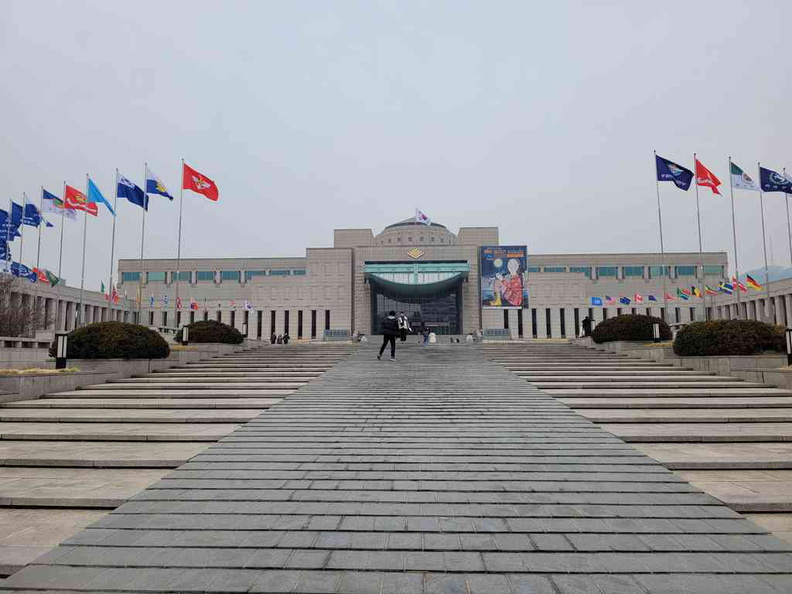
Moreover, you start your journey through a park garden, home to the War memorial, Korean Peace Bell as well as the Peace tower monument. Also, the far end on the east houses an outdoor military hardware display we will touch on later in this post.
The park here leads up to the war memorial and the memorial-museum main building is an upward row of steps leading into a circular outdoor courtyard with country flags.
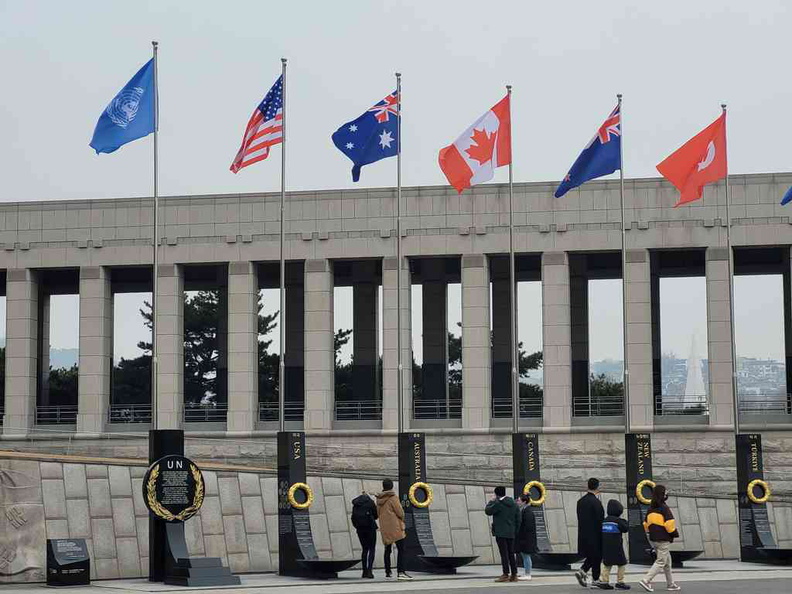
Also, the circular courtyard houses the flags and a few words of the countries that contributed to defending South Korea during the Korean War. You can take a time to read the various war contributions of each country, inscribed into the glossy stone tablets placed at the foot of each flagpole.
Interior Galleries and Exhibitions
Furthermore, the main building in the nutshell, the museum galleries cover a range of exhibits from the evolution of the Korean armed forces to the UN troops that fought in the Korean War. Entry to the museum is free for all, including tourists.
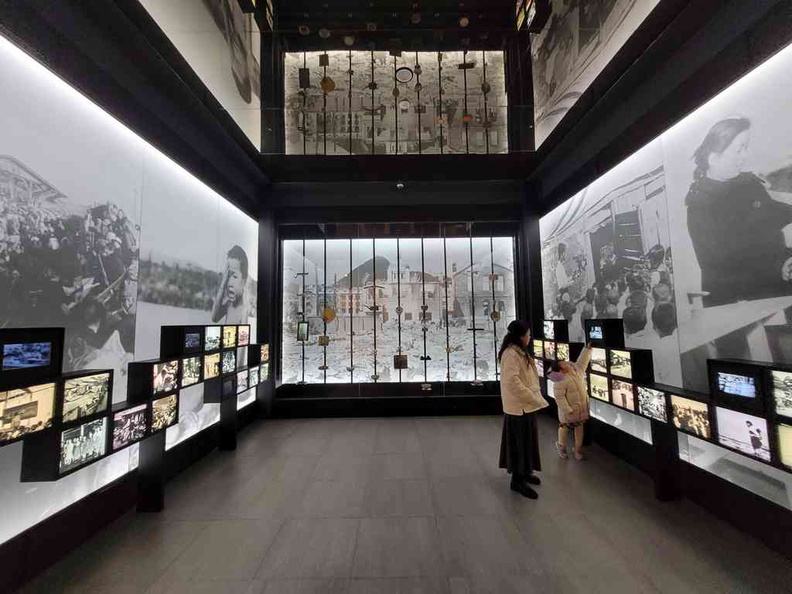
The on the building History and Architecture, it was designed by architect Lee Chang-Joon, with the War Memorial of Korea was completed in 1994. Also, the museum building itself has five floors with different galleries, each showcasing a particular period of Korean history.
Additionally, the galleries in the War Memorial of Korea are divided into different floors, each with its own unique exhibition. The lower basement floors are home to galleries covering ancient Korean history. Also, there is also a library housing a curation of books covering the Korean war and history.
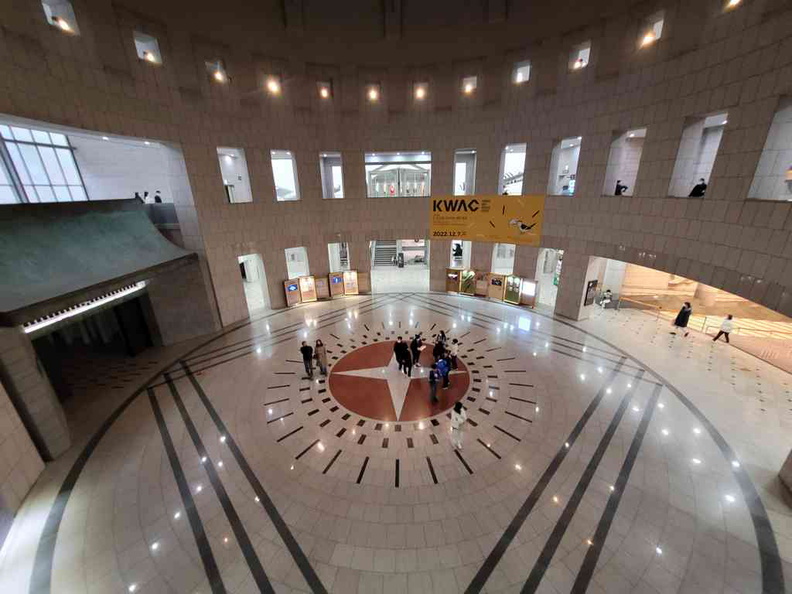
On the upper floors, you will find stories of historic feats and bravery done by the Koreans, UN troops, and the contribution and sacrifices of men and women who fought and contributed in the war.
Korean War and DMZ galleries
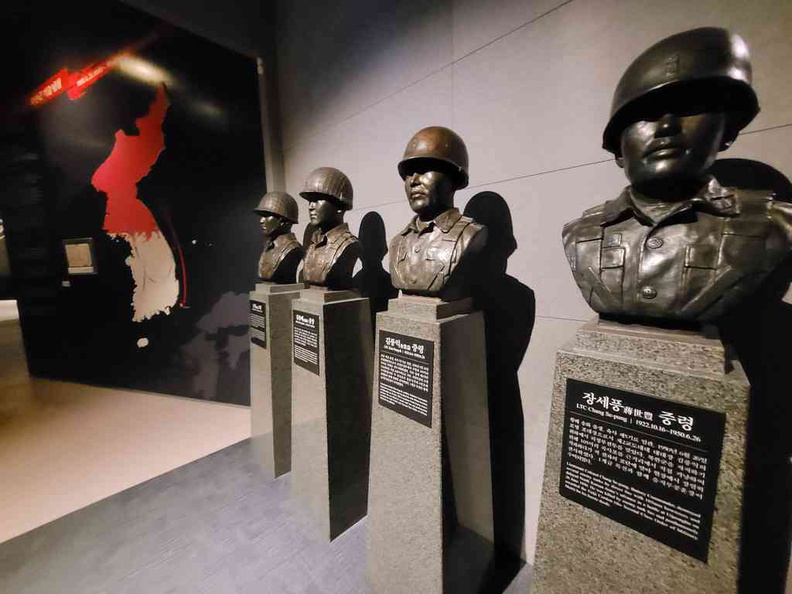
Moreover, the main focus and the bulk of the museum revolve about the Korean war which left the country split today with a North and South Korea. It is one of the highlights of the War Memorial of Korea is the exhibition on the Korean War. Here, the galleries cover the three-year Korean War that took place from 1950 to 1953, a North-South conflict.
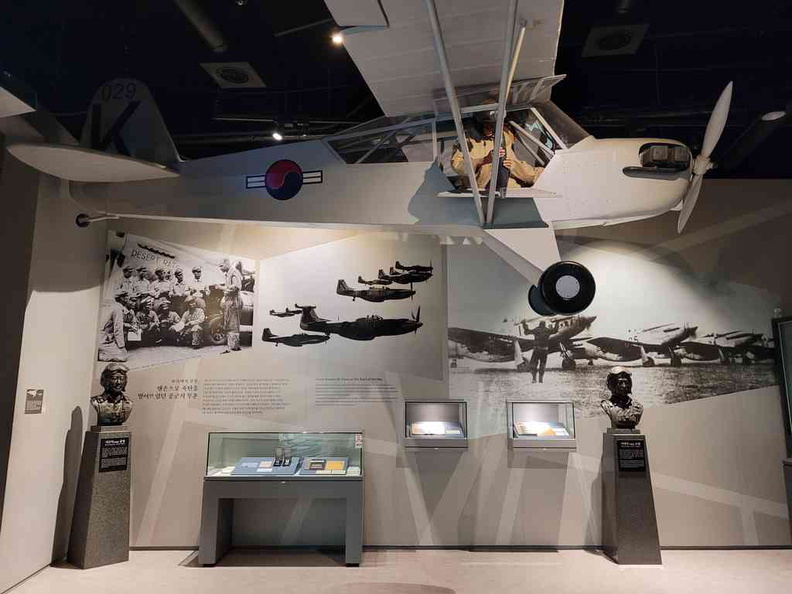
The history of the war states that the Koreas were split between the more conservative-sided north and the more liberal south. Also, on June 25, 1950, the North, with support from China, unilaterally invaded the South with the intent of unifying the otherwise-separated states.
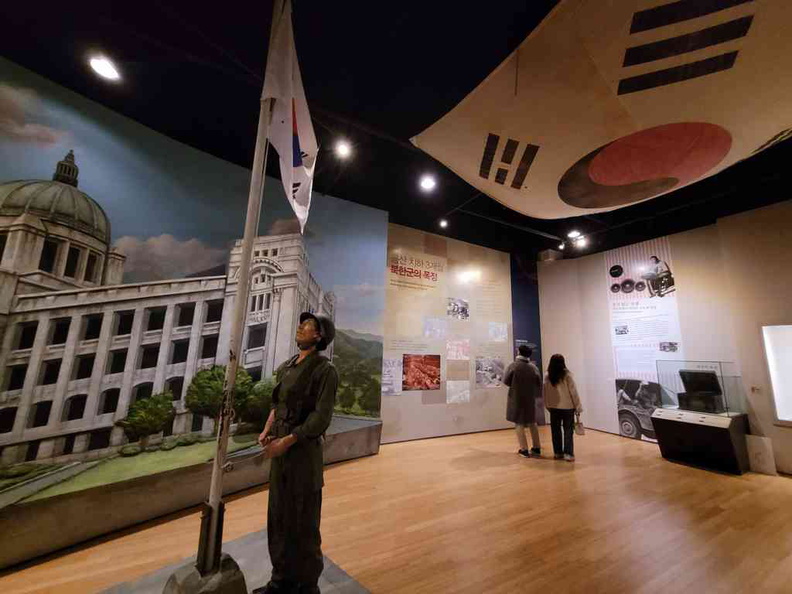
Additionally, the South, unknowingly caught off guard by the invasion, was overrun by the North, with many territories in the South rapidly captured by the invading communist North.
Also, the UN came in to help bolster the South Korean defences, pushing and cutting off the invading North to where today sits a line originally separating the North and South via a ceasefire agreement. This line demarking the North from the South is now known as the 38th parallel, popular name given to latitude 38° N, where the Demilitarized Zone (DMZ) sits today.
War tactics and act of bravery
Moreover, the galleries tell stories of military maneuvers, acts of bravery and tales of historic feats and bravery done by the Koreans are also featured, from land defence to plane bombing runs.
Notably, with the Korean War may have ended, but the tension between the two Koreas remains palpable. Also, you can learn more about the DMZ by visiting the DMZ as a day tour at Paju-si, Imjingak or the Odusan Unification tower where you can catch a glimpse of North Korea beyond the border. You can see the actual line that separates the North and South Koreas via a ceasefire agreement.
Additionally, the War Memorial of Korea serves as a tribute to the entire Korean peninsula. From its ancient history to its modern-day conflicts, the museum showcases the evolution of the Korean armed forces and its contributions to peacekeeping missions worldwide.
Also, there is a small memorial here shaped like two halves of a sphere. You can find anecdotes of war survivors in a small gallery section here, which wraps up the atrocities of the Korean war in this gallery.
UN and ROK military galleries
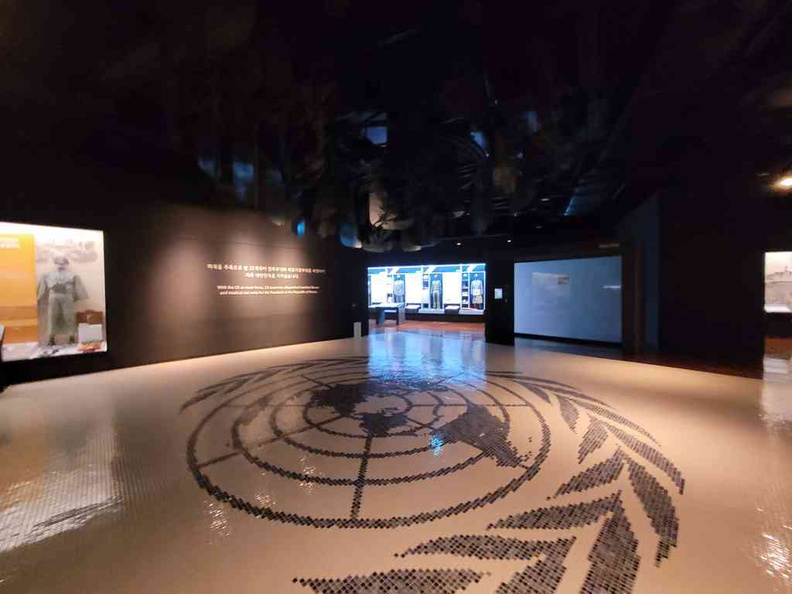
Moving up to the upper floors, you can learn about the contribution and sacrifices of men and women who fought in the war. Almost 2 million UN personnel died on Korean soil itself, mostly from the US, who fought for their belief in liberty.
Moreover, there is also a glass display of UN weapons, as well as those captured from the North. You can catch a glimpse on your visit a curation modern military hardware as well as those manufactured by local Korean defence contractors.
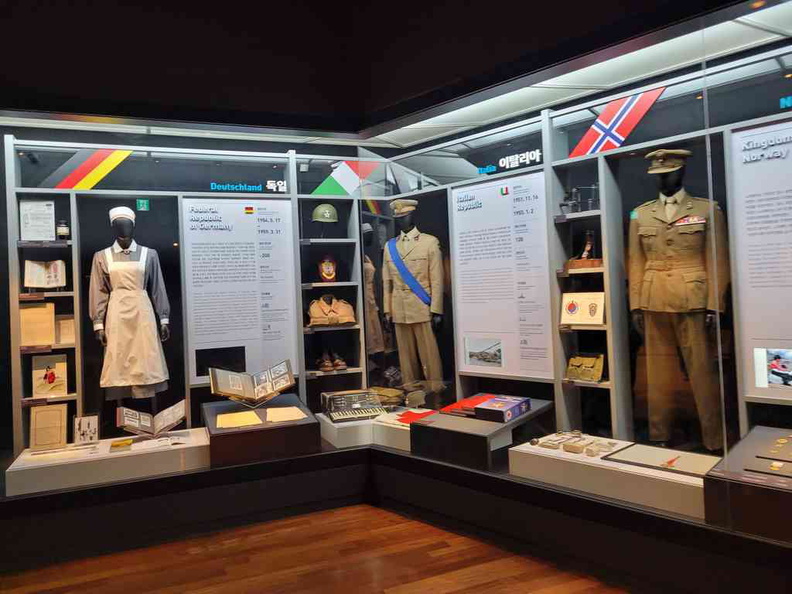
Also, you will also find displays of UN weapons, as well as those captured from the North. Additionally, the modern showcase of the current Republic of Korea (ROK) army covers the last gallery, which wraps up with modern military hardware as well as those manufactured by local Korean defence contractors.
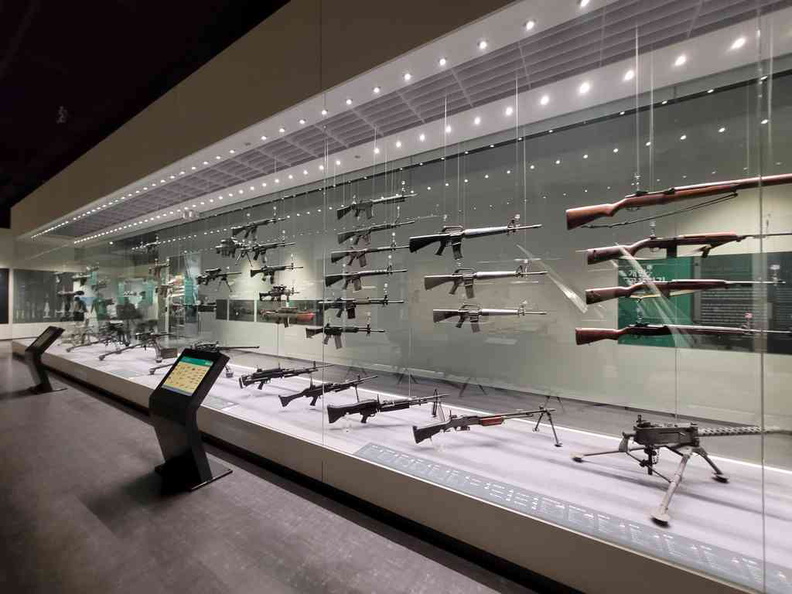
Additionally, the galleries close up with a section devoted to the Republic of Korean armed forces, also split into their individual services like ROK army, navy and air-force. Also, the galleries here contain a vast collection of military hardware such as artillery guns, weapons, ammunition, and scale models. Additionally, it covers the evolution of the Korean armed forces from the founding to the present.
Military hardware outdoor displays
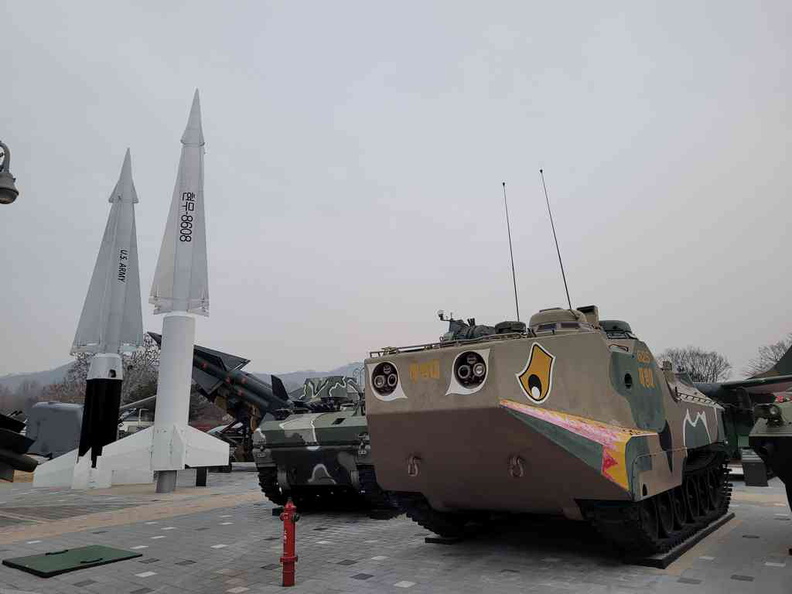
Furthermore, the War Memorial of Korea has an outdoor exhibit that features decommissioned military aircraft, boats, land vehicles, and missile systems, including an F4 Phantom plane, Bell AH-1 SuperCobra attack helicopter, and B52 bomber. Also, this portion of the park is open 24/7, even when the interior museum is closed.
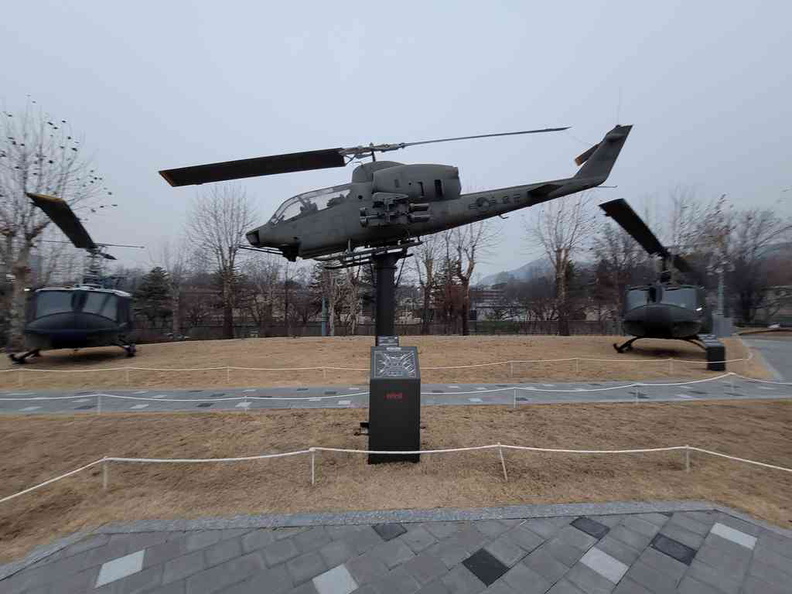
Moreover, the outdoor hardware display at the War Memorial of Korea is an experience in itself. Also, it is essentially a playground full of decommissioned military aircraft, boats, land vehicles, and missile systems.
Museum indoor hardware displays
In addition to the outdoor exhibits is an indoor hardware gallery. It has an airy feel like that in the Smithsonian museums, as well as aviation museums we visited in the United Kingdom. Though the selection here in the War memorial is much smaller.
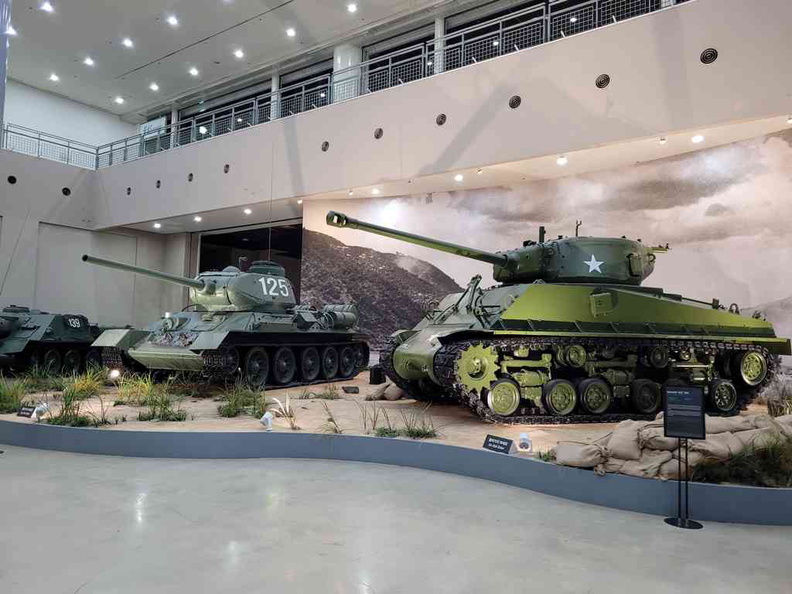
Additionally, the basement of the museum building located in the right-wing has an atrium housing a mix of armoured vehicles, planes, and artillery pieces. Also, the exhibits indoors here are home to a number of military tanks, amphibious vehicles include a Sherman tank as well as captured military hardware from the Korean war, such as a Russian T-34 battle tank.
Another highlight is also two Korean presidents’ cars. Interestingly, one of the cars on display is the presidential limousine that was used by President Chun Doo-hwan during his presidency from 1980 to 1988. The car is well-preserved under the shelter of the museum interior.
Some of the indoor displays are also decorative. For instance, sitting in the building left-wing lobby atrium is a wooden Korean junk boat. Also, it is a type of boat traditionally used in the seas around Korea. The Koreans always long for unification, as depicted in several photo galleries you see through the museum. Only time will tell will this be a reality.
Final Thoughts
All in all, the War Memorial of Korea in the city of Seoul is a place of remembrance, education, and honour. It is a testament to the bravery and sacrifices of the Korean people. The vast museum covers a brief excerpt of Korean history, with more emphasis on the relatively modern Korean War conflict between the North and South Koreas. It showcases the evolution of the Korean armed forces and its contributions to peacekeeping missions worldwide. It serves as a reminder that peace comes from remembering the lessons of war.

